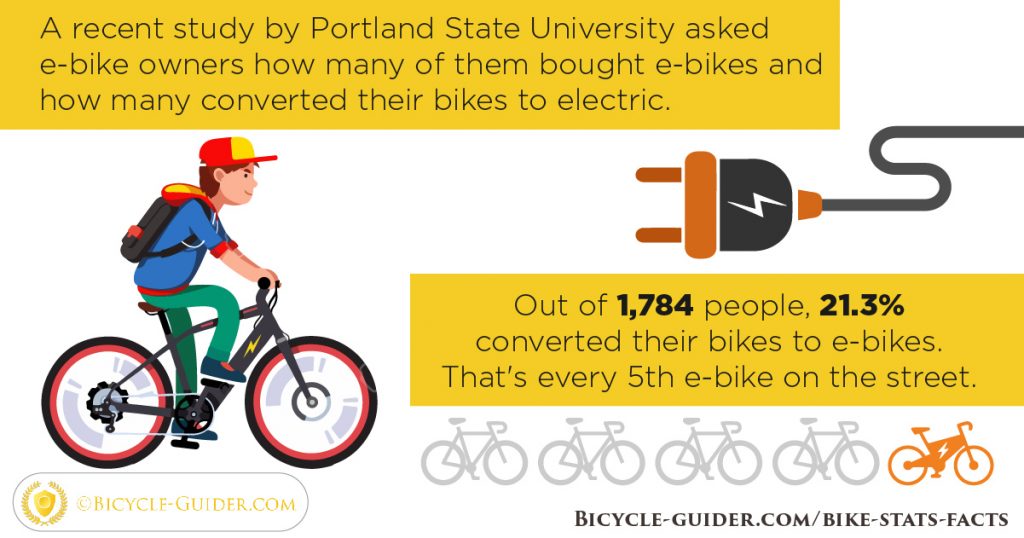A Novice'S Guide To E-Bike Regulations And Laws In Your City
A Novice'S Guide To E-Bike Regulations And Laws In Your City
Blog Article
Written By-Goldberg Chang
Before you get on your e-bike and struck the streets, it's vital to recognize the laws and guidelines that regulate your city. From speed restrictions to designated riding locations, there's a whole lot to take into consideration to guarantee you're certified and safe. By familiarizing on your own with the rules particular to e-bikes, you'll be much better geared up to enjoy your adventures without any unexpected lawful issues. Keep tuned to uncover vital insights that will certainly assist you navigate the e-bike landscape in your city effortlessly.
Comprehending E-Bike Category
When it concerns browsing the world of e-bike regulations and policies, an essential beginning point is recognizing the category system that classifies these electric bicycles. E-bikes are usually identified right into 3 main classifications: Course 1, Class 2, and Class 3.
Class 1 e-bikes are pedal-assist just, implying they provide support while the motorcyclist is pedaling and have a maximum speed of 20 mph. These bikes are allowed areas where typical bicycles are permitted.
Course 2 e-bikes are equipped with a throttle that can thrust the bike without pedaling. They likewise have a maximum speed of 20 miles per hour and are suitable for cyclists that might require help without pedaling continually.
Class 3 e-bikes are similar to Class 1 but with a greater maximum speed of 28 mph. These bikes are frequently limited from certain bike courses or tracks because of their greater speeds.
Recognizing these classifications is necessary for abiding by local regulations and making sure a safe and enjoyable e-biking experience.
Navigating Speed Restrictions and Constraints
To properly navigate e-bike legislations and laws, it's crucial to comprehend the rate limitations and limitations that apply to different classes of electrical bicycles.
Speed restrictions for e-bikes differ depending upon the classification of the bike. Course 1 e-bikes, which are pedal-assist just and have a maximum speed of 20 mph, are typically permitted on bike lanes and courses.
Class 2 e-bikes, which have a throttle along with pedal-assist and likewise get to rates of approximately 20 miles per hour, may be limited in specific areas where motorized vehicles aren't allowed.
Class 3 e-bikes, with pedal-assist up to 28 mph, are generally required to comply with the very same regulations as traditional bikes.
It is very important to adhere to these rate limitations and restrictions to guarantee your safety and security and the safety of others when traveling. Before riding your e-bike, familiarize yourself with the specific laws in your city to prevent any possible fines or lawful issues.
Where to Trip Your E-Bike
To establish where you can ride your e-bike, it's important to know the guidelines and guidelines specific to your area. In many areas, e-bikes are commonly enabled on roads and streets where conventional bikes are permitted. This may consist of bike lanes, bike courses, and shared highways. Nevertheless, it's crucial to check neighborhood regulations as some cities may have particular constraints on where e-bikes can be ridden.
When riding your e-bike, constantly prioritize security by following website traffic policies and valuing pedestrian pathways. Furthermore, bear in https://www.london-fire.gov.uk/news/2023/august/new-record-high-of-e-bike-and-e-scooter-fires-in-london/ of assigned bike lanes or paths in your area and utilize them whenever feasible to make certain a smoother and much safer experience.
Some cities also have laws relating to e-bike usage on sidewalks, so make sure to familiarize yourself with these guidelines to stay clear of any penalties or penalties.
Final thought
Since you're familiar with the laws and guidelines surrounding e-bikes in your city, you can confidently hit the trail understanding where you can ride and what limitations apply to your e-bike classification. Bear in mind to always focus on safety and adhere to the regulations to ensure a smooth and lawful ride. https://fat-tire-ebike-tires21975.webbuzzfeed.com/33579339/the-future-of-commuting-why-electric-bikes-are-transforming-urban-travel riding!
